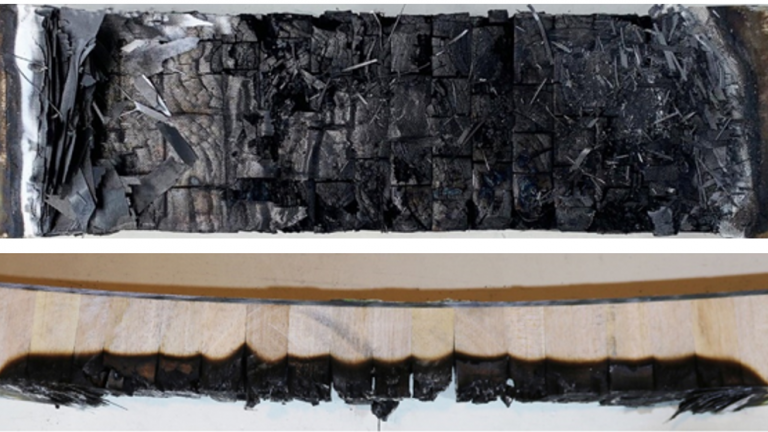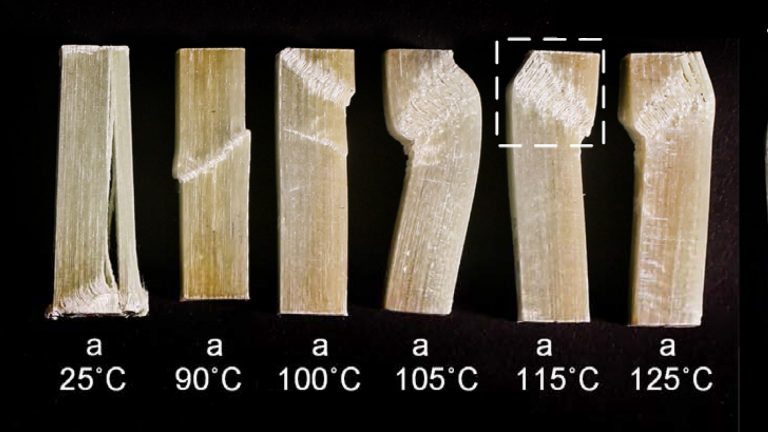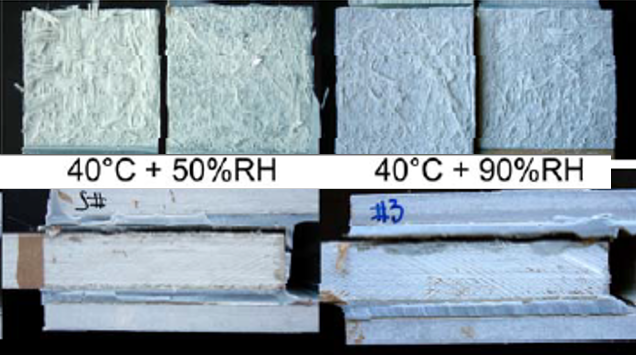Hygrothermal loading
Composite material physical and mechanical properties and their structural components are sensitive to these parameters, especially in the long term.


Thermo-physical/mechanical modeling
– Thermophysical, thermomechanical properties
– Thermomechanical structural response
– Remaining (post-fire) properties

Composites at high temperatures
– Effect of elevated temperature on failure mode (buckling, kinking)
– Experimental investigation and modeling of failure modes
– Time-temperature superposition principles

Joints under fatigue hygrothermal loads
– Effect of elevated temperature on joint’s fracture behavior
– Fatigue of joints at various thermomechanical loads
– Crack measurement techniques, modeling
–
.
Completed PhD theses
Composite sandwich bridge decks on fire
N. Vahedi, T. Keller and A. Vassilopoulos (Dirs.). EPFL, Lausanne, 2019.
Temperature effects on material properties and structural response of polymer matrix composites
W. Sun, T. Keller and A. Vassilopoulos (Dirs.). EPFL, Lausanne, 2015.
Full Text
Fracture and Fatigue of Adhesively-Bonded Fiber-Reinforced Polymer Structural Joints
Y. Zhang, T. Keller and A. Vassilopoulos (Dirs.). EPFL, Lausanne, 2010.
Full Text
.